The monsoon season in India, spanning from June to September, is a time of renewal and celebration. As the rains bring life to parched lands, they also usher in a wave of vibrant festivals that reflect the rich cultural tapestry of the country. These festivals not only honour the arrival of rain but also celebrate various deities, traditions, and the spirit of the community. In this blog, we will explore some of the most significant and colourful festivals celebrated during the monsoon season across India.
The monsoon season in India is not just a time for rain and rejuvenation, it’s also a time for vibrant festivals that celebrate life, faith, and cultural heritage. From the grandeur of Ganesh Chaturthi to the colourful festivities of Onam, the monsoon months bring a kaleidoscope of celebrations across the country. Join us as we delve into the enchanting world of Indian festivals during the rainy season.
Some of the Famous Festival in monsoon season in India
1. Ganesh Chaturthi
One of the most widely celebrated festivals during the monsoon is Ganesh Chaturthi, which typically falls in August or September. This festival marks the birth of Lord Ganesha, the elephant-headed god revered as the remover of obstacles.
The festival is particularly grand in Maharashtra, especially in Mumbai, where elaborate idols of Ganesha are installed in homes and public spaces. The festivities last for ten days, culminating in a grand immersion process where devotees bid farewell to Ganesha with music, dance, and chants of “Ganpati Bappa Morya!”
Ganesh Chaturthi symbolizes new beginnings and prosperity, making it an auspicious time for starting new ventures.
Ganesh Chaturthi, a vibrant Hindu festival, is celebrated with great enthusiasm during the monsoon season. It commemorates the birth of Lord Ganesha, the elephant-headed god of wisdom and prosperity. Devotees bring home clay idols of Ganesha and worship them for ten days with offerings of sweets, flowers, and prayers. The festival culminates in a grand procession where the idols are immersed in water bodies, symbolizing the return of Ganesha to Mount Kailash. Ganesh Chaturthi is the most important festival in monsoon season in India.
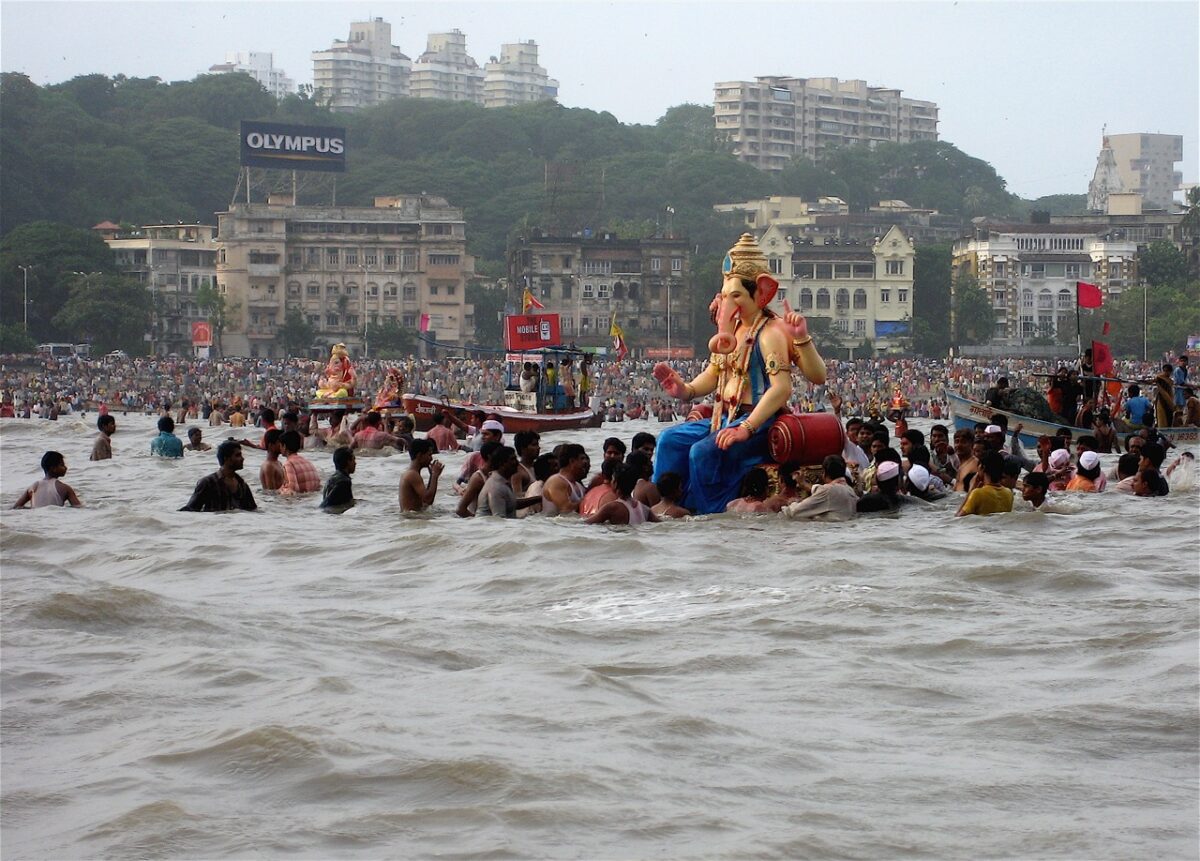
2. Janmashtami
Janmashtami, a vibrant Hindu festival, often coincides with the monsoon season in India, adding a special charm to the celebrations. This auspicious occasion commemorates the birth of Lord Krishna, the eighth avatar of Vishnu.
The festival is marked by a variety of rituals and traditions. Devotees observe strict fasts, breaking them only after midnight when Lord Krishna is believed to have been born. Homes are adorned with lights, flowers, and intricate rangoli designs. Special prayers and devotional songs, known as “bhajans” and “kirtans,” are sung throughout the night.
One of the most popular customs associated with Janmashtami is the Dahi Handi festival. Young men form human pyramids to reach and break pots filled with curd, symbolizing Krishna’s playful nature. This thrilling spectacle attracts large crowds and is a highlight of the festivities.
The monsoon season, with its cool, refreshing showers, creates a serene backdrop for the spiritual celebrations of Janmashtami. The combination of religious fervour, cultural traditions, and the beauty of the rainy season makes this festival a truly unforgettable experience.
This celestial event commemorates the birth of Lord Krishna, the eighth avatar of Vishnu. Devotees observe fasts, decorate their homes with lights and flowers, and participate in various rituals. A highlight of the celebrations is the Dahi Handi festival, where young men form human pyramids to break pots filled with curd, symbolizing Krishna’s playful nature. The festival’s vibrant atmosphere, coupled with the romanticism of the monsoon, creates a truly enchanting experience.
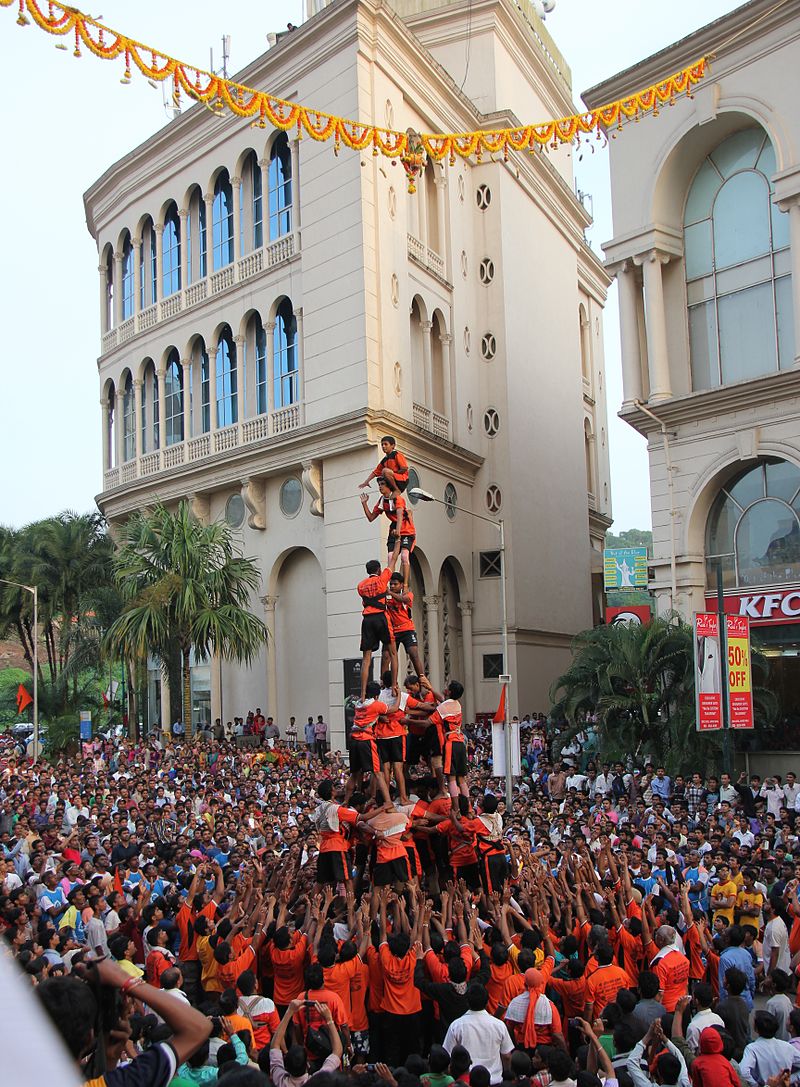
3. Teej
Primarily celebrated in Rajasthan and other northern states, Teej occurs between August and September. This festival is dedicated to Goddess Parvati and symbolizes her reunion with Lord Shiva after a long separation.
The festival is marked by various rituals and customs. Women often observe strict fasts, praying for the well-being and longevity of their husbands. They adorn themselves in colourful traditional attire, often wearing green and red, and adorn their hands with intricate henna designs.
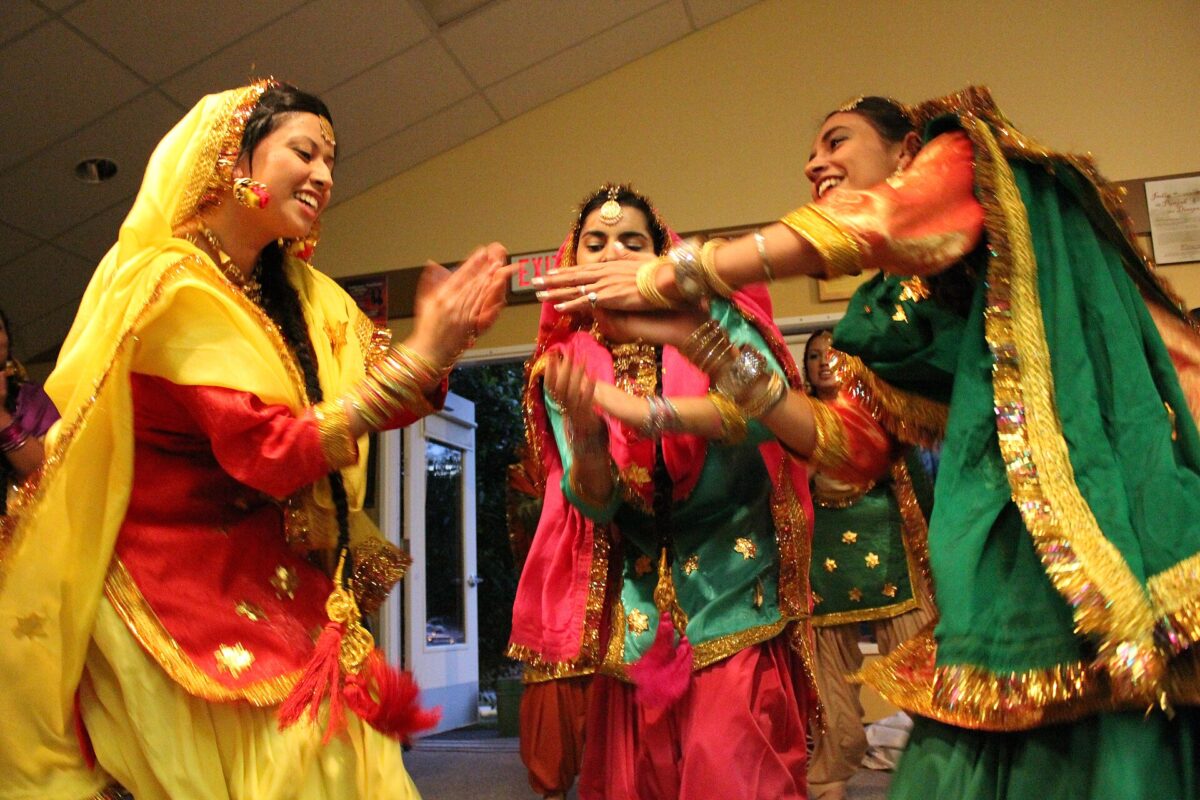
One of the most significant aspects of Teej is the singing of folk songs, known as “Teej Geet.” These songs narrate tales of love, devotion, and the beauty of nature. Women gather together to sing these songs, often accompanied by musical instruments like the dhol and the clapper.
Another popular tradition associated with Teej is swinging on swings, which symbolizes the swaying of nature during the monsoon season. Women, especially young girls, enjoy swinging on beautifully decorated swings, adding to the festive atmosphere.
The celebration of Teej is not just a religious observance but also a cultural extravaganza. It reflects the deep-rooted traditions and values of Indian society, making it a cherished festival for women across the country.
4. Nag Panchami
Nag Panchami, celebrated on the fifth day of Shukla Paksha in Shravan month (July-August), is a unique festival dedicated to worshipping snakes. Nag Panchami, a significant Hindu festival, often coincides with the monsoon season in India. This day is dedicated to the worship of snakes, particularly the Nagas, mythical serpent beings. The festival holds deep religious and cultural significance, symbolizing the reverence for nature and its creatures.
Devotees offer milk and flowers to snake idols and visit temples dedicated to Nag Devta (the serpent god). Folk dances and performances by snake charmers are common during this time. On Nag Panchami, devotees offer prayers and worship snakes, either real or symbolic. They believe that by appeasing the Nagas, they can protect themselves from harm and ensure prosperity. Special pujas are performed in temples and homes, where images or idols of snakes are adorned with flowers and milk.
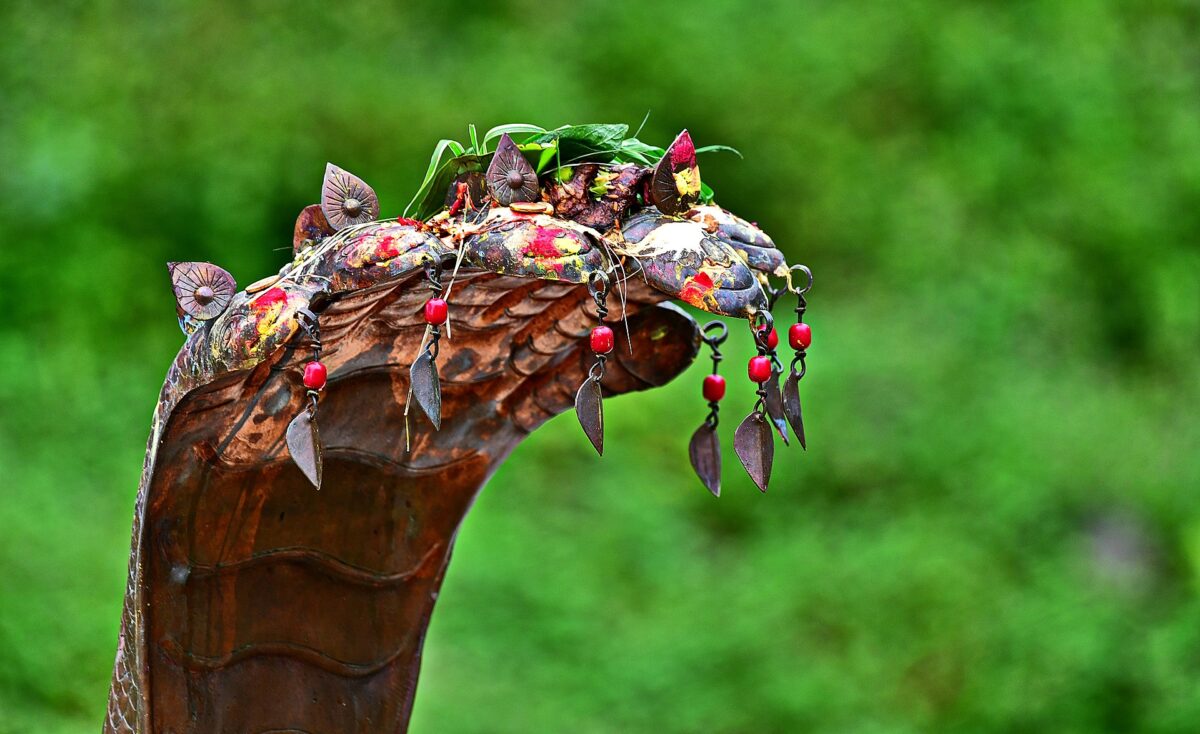
The festival is rooted in mythology, symbolizing protection from snake bites and honouring the sacredness of snakes in Hindu culture. One of the key rituals associated with Nag Panchami is the offering of milk to snakes. Devotees pour milk on anthills, believing that it will reach the Nagas residing beneath the ground. This act is considered a gesture of respect and gratitude.
The monsoon season, with its lush greenery and abundant rainfall, provides an ideal setting for the celebration of Nag Panchami. The festival’s association with nature and its emphasis on ecological balance make it a unique and meaningful event.
5. Onam
While primarily associated with Kerala’s harvest season, Onam also coincides with the monsoon period. Celebrated over ten days in August or September, it marks the homecoming of King Mahabali. The festival features elaborate feasts known as Onam Sadhya served on banana leaves, traditional dances like Thiruvathira Kali, and floral decorations called Pookalam. Onam represents unity and prosperity, bringing families together to celebrate abundance.
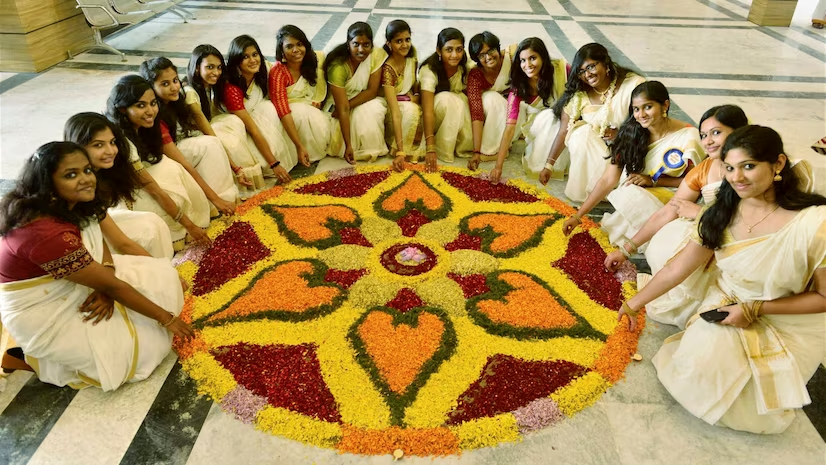
Onam, the vibrant harvest festival of Kerala, is intricately tied to the state’s monsoon season. The festival, celebrated with great pomp and joy, coincides with the receding monsoon, a time when the lush greenery of Kerala reaches its peak.
The monsoon rains, vital for Kerala’s agriculture, nourish the paddy fields, transforming them into emerald carpets. This bountiful harvest forms the core of Onam celebrations. The festival’s centerpiece, the floral carpet or ‘Pookalam,’ is a visual representation of this agricultural prosperity.
The monsoon season also brings relief from the summer heat, creating a pleasant climate ideal for outdoor festivities. The cool, misty air adds to the charm of Onam, making it a truly refreshing experience.
However, the monsoon season in Kerala can also be unpredictable, with heavy rainfall and occasional floods. While these climatic conditions can sometimes disrupt the celebrations, they also contribute to the unique character of Onam. The festival’s resilience in the face of nature’s challenges is a testament to the spirit of Kerala and its people.
6. Saputara Monsoon Festival
Held annually in Gujarat during August, the Saputara Monsoon Festival promotes tourism while showcasing local culture.
The Saputara Monsoon Festival, also known as Megh Malhar Parva, is a vibrant celebration held annually in the picturesque hill station of Saputara, Gujarat. This festival is a delightful blend of nature, culture, and adventure, attracting visitors from far and wide.
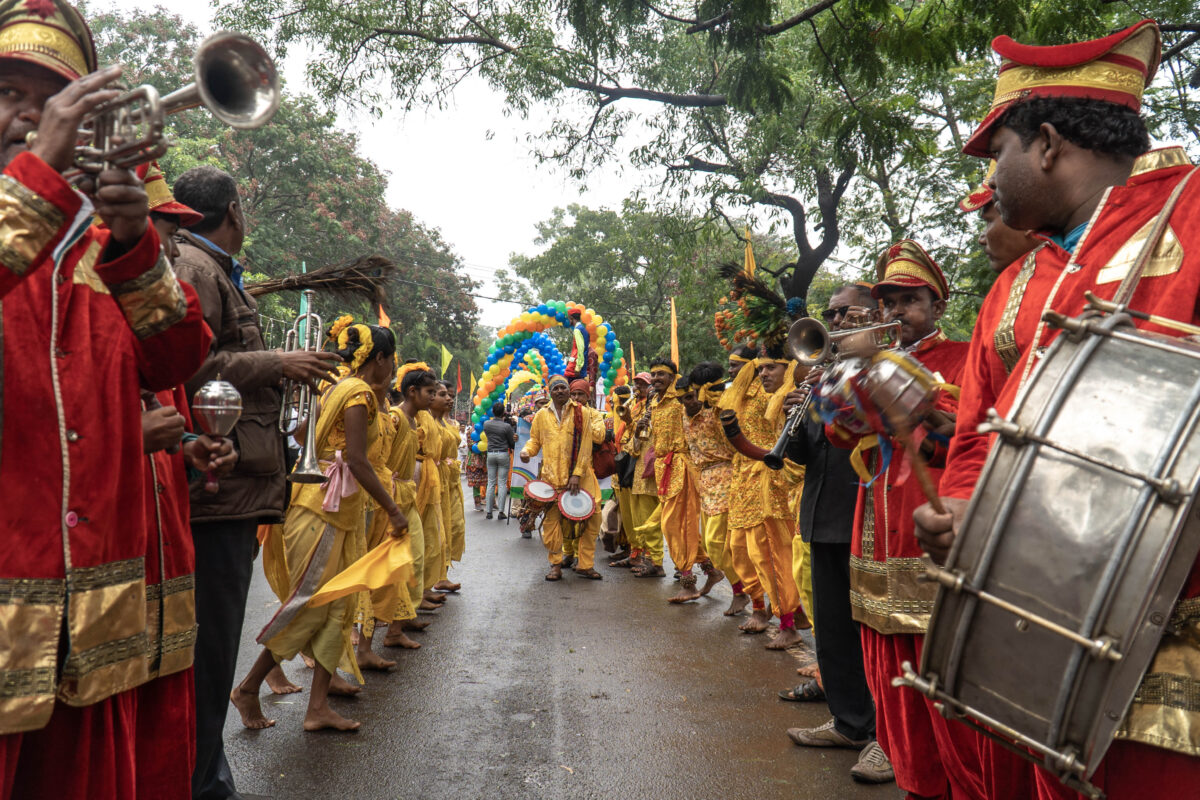
Beyond adventure, the festival showcases the rich cultural heritage of Gujarat. Colorful cultural performances, including traditional tribal dances and folk songs, captivate the audience. Local artisans display their exquisite handicrafts, offering a glimpse into the region’s artistic traditions. Food enthusiasts can savor delicious Gujarati delicacies, from savory snacks to sweet treats.
The festival also features various competitions, such as boat races and photography contests, adding to the excitement. In the evenings, visitors can gather around bonfires, sharing stories and enjoying the cool, misty air.
The Saputara Monsoon Festival is more than just an event; it’s an immersive experience that allows visitors to connect with nature, culture, and adventure. Whether you’re an adrenaline junkie or a nature lover, this festival offers something for everyone.
7. Karam Festival
The Karam Festival, celebrated mainly in Jharkhand, Bihar, Madhya Pradesh, and Chhattisgarh during August or September, honors Karam Devta (the god of power). Devotees gather around Karam(Sal) trees decorated with flowers and fruits while singing folk songs and dancing.
The monsoon season, a time of rejuvenation and growth, holds immense significance for these tribal communities. The lush green forests, filled with blooming Sal trees, provide the perfect backdrop for the Karam celebrations. The festival is often held during the rainy season, when the Sal trees are in full bloom, symbolizing prosperity and fertility.
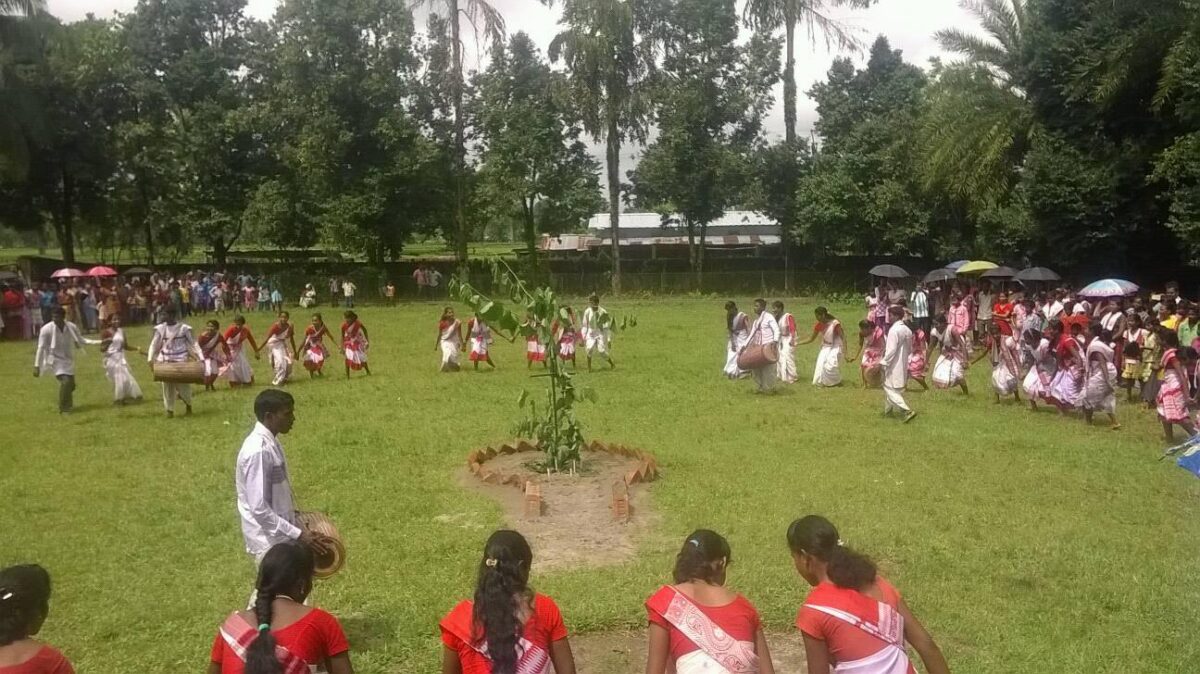
The Karam festival is a multi-day event filled with various rituals and traditions. Devotees, especially young women, observe fasts and offer prayers to the Karam deity. They decorate themselves with flowers, especially the Sal flower, and dance around the decorated Sal tree. The dance, known as “Karma Naach,” is a vibrant and energetic performance, reflecting the joy and exuberance of the festival.
The Karam festival is not just a religious observance but also a social occasion. It brings people together, fostering a sense of community and shared cultural heritage. The festival also plays a crucial role in preserving the rich traditions and customs of the tribal communities.
The festival expresses gratitude for a good harvest while promoting community bonding.
8. Behdienkhlam
The Behdienkhlam festival, a vibrant celebration of the Pnar tribe in Meghalaya, is deeply connected to the monsoon season. This colorful and energetic festival is held to appease the gods and ensure a bountiful harvest.
The monsoon season, with its lush greenery and abundant rainfall, is a significant time for the Pnar people. The festival is believed to cleanse the land and drive away evil spirits, paving the way for a prosperous year. The word “Behdienkhlam” itself translates to “to drive away the plague.”
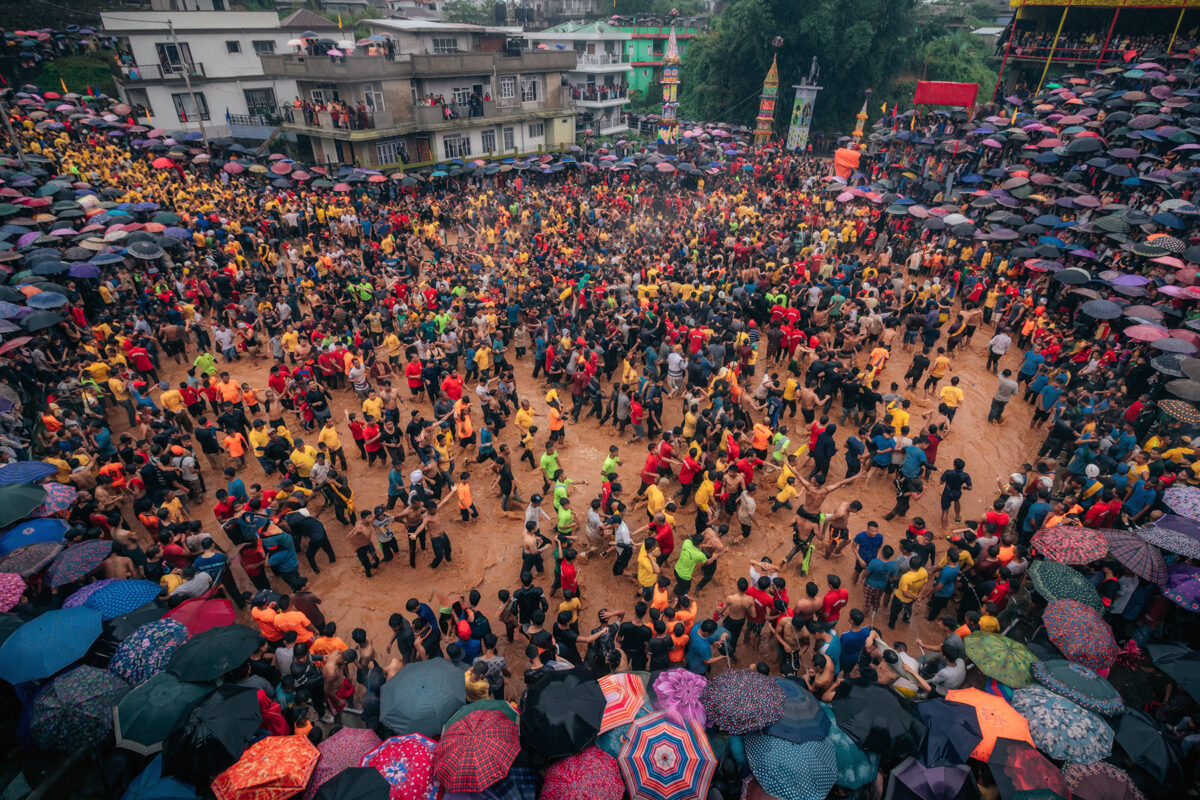
The festival is marked by a series of colorful rituals and performances. One of the most striking aspects of the festival is the procession of decorated poles, carried by young men, which are eventually immersed in a sacred pool. This symbolizes the purification of the land.
Traditional dances, including the “Shad Suk Mynsiem,” are performed with great enthusiasm. The dancers, adorned in colorful attire, move rhythmically to the beats of drums and cymbals. The festival also includes various sports and games, such as tug-of-war and football, adding to the festive atmosphere.
Behdienkhlam is a testament to the rich cultural heritage of the Pnar tribe. It is a time for community bonding, religious devotion, and cultural expression. The festival’s vibrant colors, energetic performances, and deep spiritual significance make it a truly unforgettable experience.
It reflects the deep connection between nature and tribal culture while emphasizing communal harmony.
Conclusion
The monsoon season in India is not merely a climatic phenomenon; it is a vibrant backdrop for numerous festivals that celebrate life’s joys and cultural heritage. Each festival brings communities together to honor deities, express gratitude for nature’s bounty, and reinforce social bonds. Whether it’s through music, dance, delicious food or elaborate rituals, these celebrations reflect the spirit of resilience and joy that characterizes Indian culture during this enchanting season. Embrace the magic of these festivals as they illuminate the rainy days with color and festivity!

